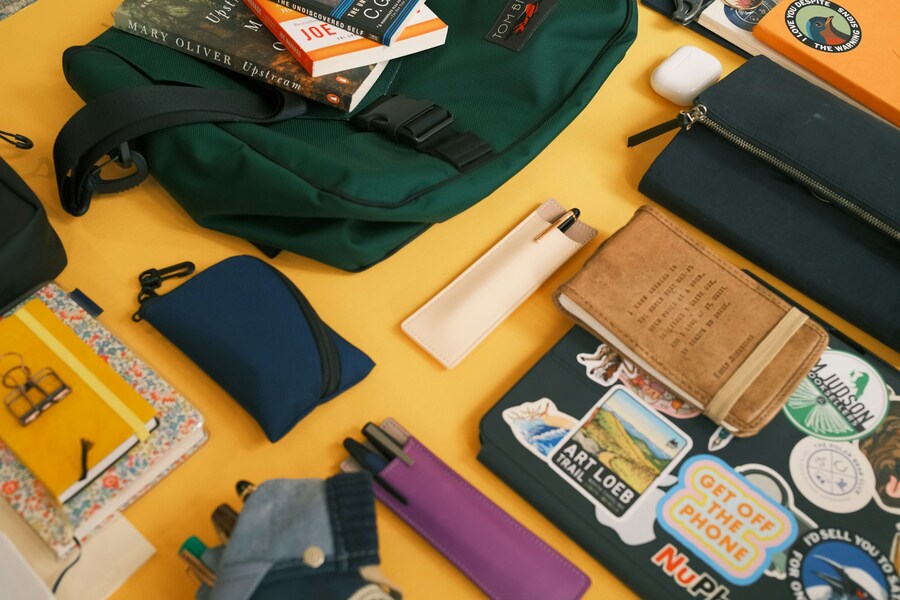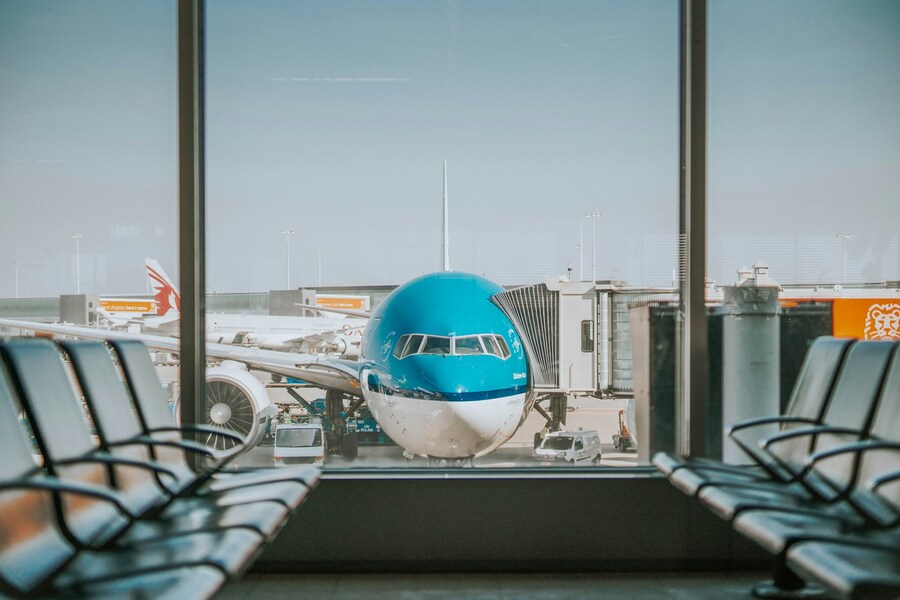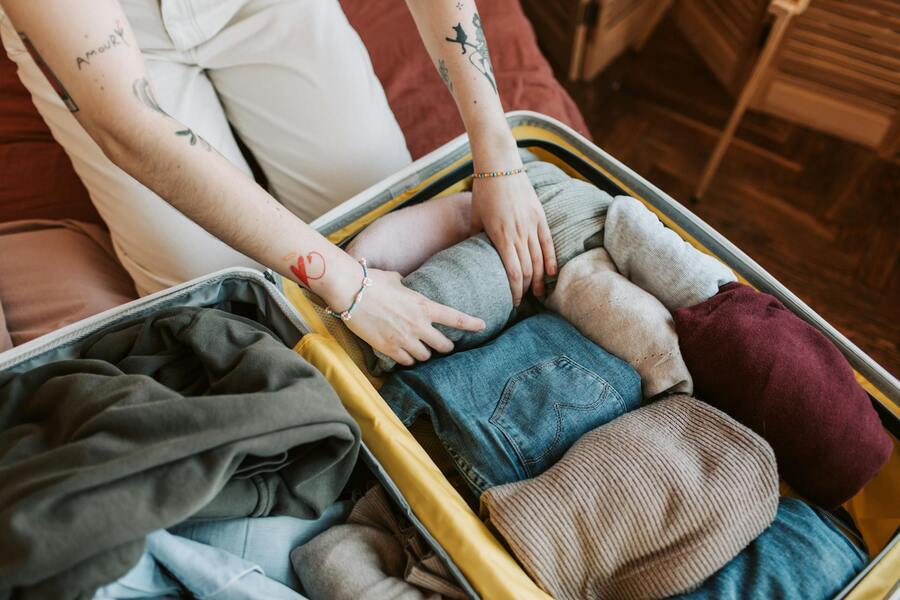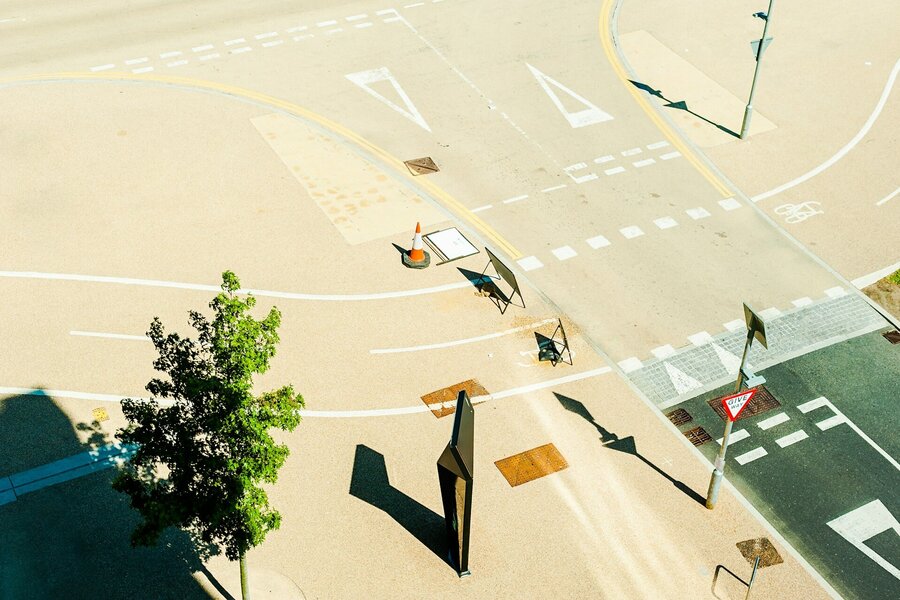Dealing with airport security can be one of the most frustrating parts of air travel. The combination of long lines and the extensive list of regulations from the Transportation Security Administration (TSA) often leaves travelers feeling rushed and unprepared. This travel guide is designed to help you navigate these complex rules with confidence. Whether you're a seasoned globetrotter or a first-time flyer, understanding the guidelines is key to a smooth journey.
Among these regulations, the TSA's Liquids, Aerosols, and Gels Rule – specifically the 3-1-1 policy for carry-on bags – is frequently misunderstood. From the essential details of the TSA's liquid requirements to smart packing strategies, here's what you need to know before your next security screening. Let's get started!
Confused by the 3-1-1 rule? Here's a breakdown of what you need to know
What is TSA's 3-1-1 rule?
.jpg)
Source: Google Search
The TSA's 3-1-1 policy was implemented in 2006 following a foiled plot by British officials to detonate liquid explosives on international flights to the United States. This event prompted airports worldwide to adopt stricter screening measures.
In the USA, the TSA requires all liquids, gels, and aerosols in carry-on bags to be in containers of 3.4 fluid ounces (100 milliliters) or less. These containers must fit into a single, transparent, quart-sized bag, with each passenger limited to one bag. The "3-1-1" name comes from these 3 conditions: 3.4 ounces, one bag, and one person.
"Clients often forget about water bottles, full-size sunscreens, or skincare items in their carry-ons," says A-List Travel Advisor Laura Asilis. "Perfumes and face mists are common culprits too, especially when travelers are rushing and forget they're in handbags or amenity kits."
Kristin Diehl, another A-List Travel Advisor, notes that the thick consistency of sunscreen makes it easy for travelers to overlook. She also sees clients have products confiscated when they're in larger containers, even if there's less than 3.4 ounces of liquid inside.
According to TSA press secretary R. Carter Langston, the most frequent mistake is forgotten water bottles. Any container with more than 3.4 ounces of liquid, including water, must be discarded before you go through security. In addition, volatile liquids like gasoline are prohibited in both carry-on and checked bags and shouldn't be brought to the airport at all.
Are there any exceptions to the 3-1-1 rule?

Source: Taylor Heery/Unsplash
There are several exceptions to the 3-1-1 rule.
"Medically necessary liquids, including breast milk and baby formula, should be declared to an officer at the checkpoint," says Langston. "They still need to be screened, but they are permitted."
Exempt liquids also include prescription eye drops, liquid medications, and nutritional or hydration supplements for chronic conditions or disabilities. While the TSA doesn't require a doctor's note, Asilis says having documentation can speed up the screening process, especially with less common items.
Additional allowances are made for travelers with disabilities and medical conditions. The TSA permits liquids for medical devices, such as cleaning solutions for mobility aids or distilled water for CPAP machines, to exceed the 3.4-ounce limit. Like other medical exemptions, you should declare these items to security officers at the checkpoint.
If you're traveling with duty-free liquids purchased internationally, Langston says, "the duty-free store will package the liquids for travel in a transparent, secure, tamper-evident bag." He also mentions that the bag mustn't show any signs of tampering and must've been purchased within the last 48 hours. You should also keep the receipt with you.
While not widely known, you can also bring liquids through security if they are completely frozen solid. However, the final decision rests with the officer you encounter. "It can technically work, but it's risky," says Asilis. "TSA allows frozen items if they're solid at screening – but if partially melted, they may be confiscated. I advise against relying on this trick unless truly necessary."
Will TSA liquid rules change soon?

Source: Oskar Kadaksoo/Unsplash
There have been whispers in the travel world that these restrictions might ease in the near future. Asilis notes that some international airport terminals, like Amsterdam Airport Schiphol (AMS), have already relaxed liquid restrictions by implementing new computed tomography (CT) scanner technology. These new scanners allow officers to detect potentially dangerous liquids without requiring travelers to remove them from their bags.
"Airports with newer CT scanners are more flexible," Asilis says. "But since implementation isn't widespread, I still advise clients to follow the standard 3-1-1 rule."
But will the rules change anytime soon in the United States? According to Langston, CT technology is projected to be at full operating capacity around 2042, but the TSA will continue to evaluate its screening strategies until then.
Packing tips for liquids in carry-on bags

Source: Vlada Karpovich/Pexels
To make your airport experience as quick and smooth as possible, consider these expert packing strategies:
"Use clear, zippered pouches and prepack your TSA liquids bag at home," says Asilis. "Put all non-essential liquid toiletries (like full-size shampoo, face wash, etc.) in your checked luggage, and only keep the essential liquid items (like hand sanitizer, eye drops, lip balm, etc.) in your carry-on inside the TSA-approved quart-size bag."
For personal hygiene and beauty products, Diehl suggests asking for sample packets at the salon. "They're TSA-compliant, take up minimal space, and streamline carry-on organization," says Diehl. "Plus, you won't have to worry about repacking them for your return trip."
Asilis also recommends organizing items by category and using small travel containers with clear labels. "I suggest placing the bag in an outer pocket of the carry-on for easy access during screening," she says.
Using solid alternatives to liquid items can also help maximize space in your quart-sized bag. "I often recommend shampoo and conditioner bars, sunscreen sticks, solid perfumes, and even toothpaste tablets," says Asilis. "These are especially helpful for frequent travelers and avoid waste or mess."
Still unsure if an item complies with TSA regulations? The agency offers several resources to help. The Liquids, Aerosols, and Gels Rule page on the TSA website has more information, and travelers can also contact AskTSA via X Post, Facebook Messenger, Apple Messages, or by texting "Travel" to AskTSA (275-872). Langston says live assistance is available from 8 a.m. to 6 p.m. Eastern time.
Simplify your airport journey beyond security with our booking platform – ParkingNearAirports.io!

Source: Okwaeze Otusi/Unsplash
Mastering TSA's 3-1-1 rule is crucial, but a truly stress-free trip starts long before security. For travelers juggling liquid limits and carry-on constraints, parking logistics shouldn't add another headache. That's where ParkingNearAirports.io transforms your experience! Instead of overpaying for on-site lots, use our platform to instantly compare airport car parking fees across hundreds of insured off-site facilities. Find parking near airport with shuttle services included – ensuring a seamless 3-minute transfer to departures after you've navigated security checkpoints. Plus, unlock exclusive airport coupons during booking to slash costs by up to 50%, leaving more budget for travel essentials like TSA-approved toiletry kits or solid sunscreen bars.
Imagine: your liquids are neatly packed, your parking is pre-booked at a secured lot with 24/7 surveillance, and a complimentary shuttle whisks you to the terminal. No last-minute fee surprises, no dragging bags through rain-soaked parking garages. ParkingNearAirports.io partners with lots featuring license-plate recognition, covered spaces, and free cancellations – ideal if your flight changes post-security delays. Whether you're carrying medically exempt liquids or duty-free purchases, knowing your vehicle is safe off-site lets you focus on your journey. Ready to park smarter? Visit https://parkingnearairports.io/ today: where transparent pricing meets convenience, so you glide from car to gate.






